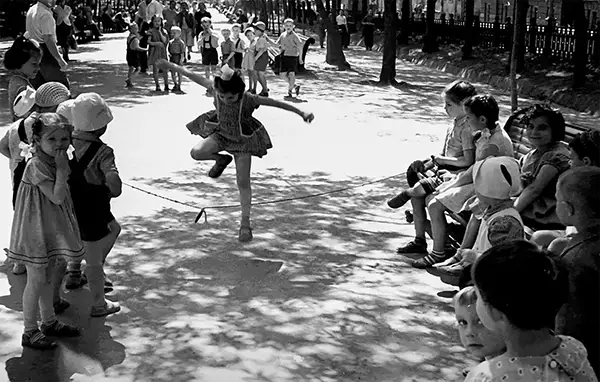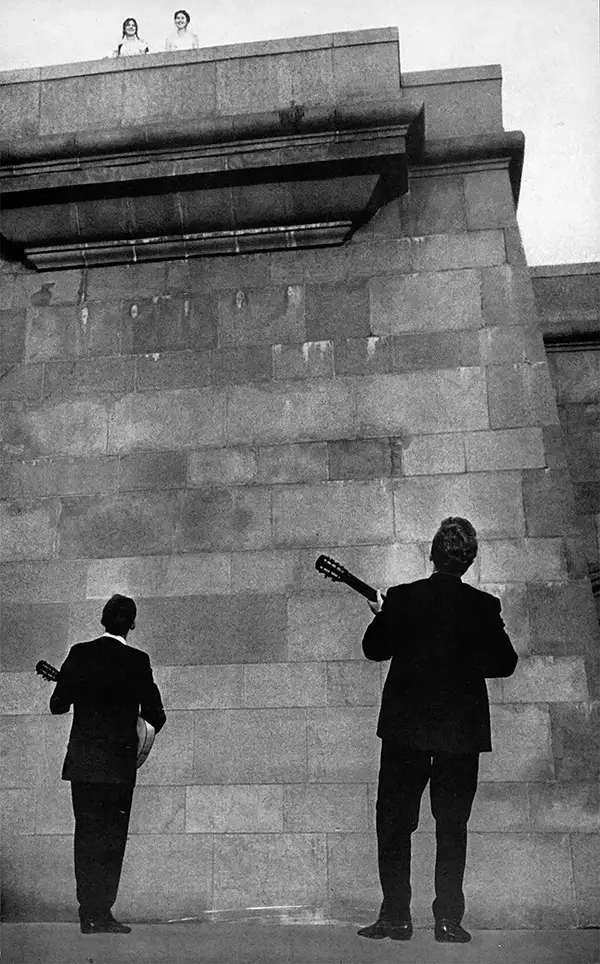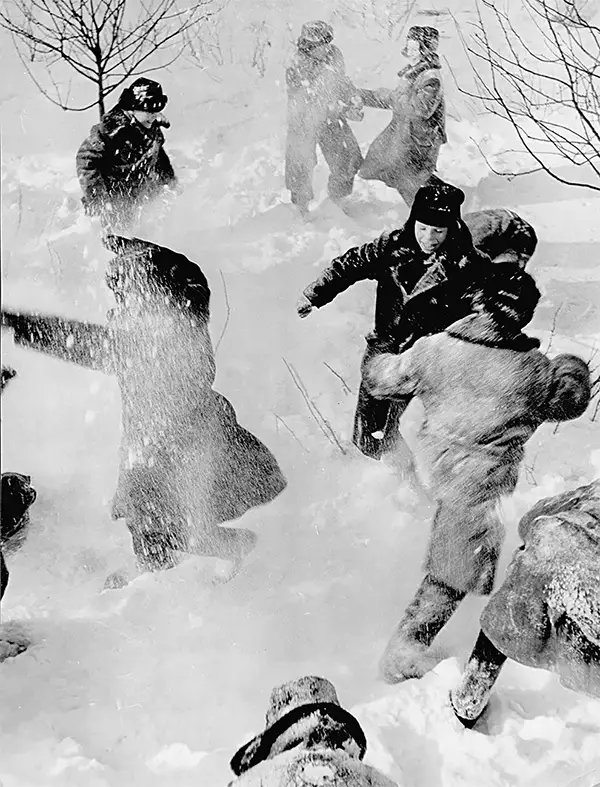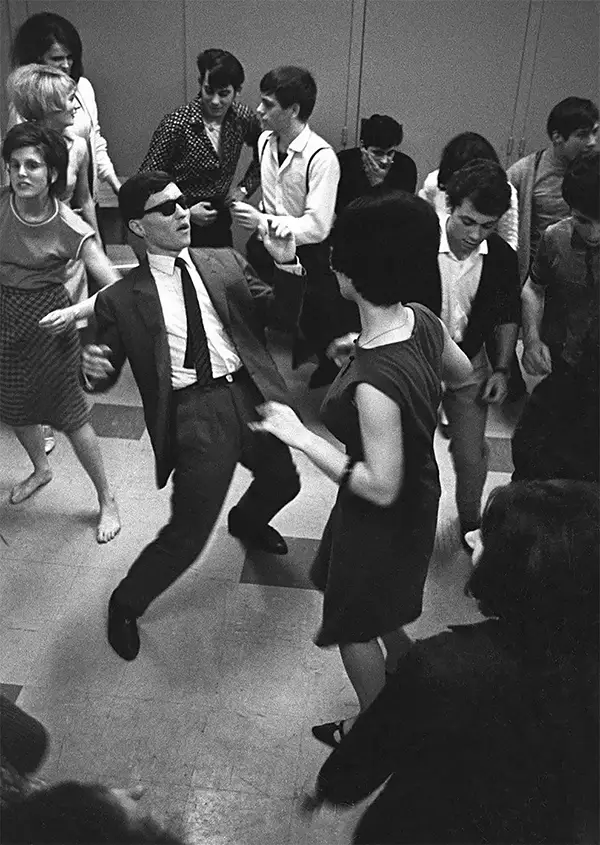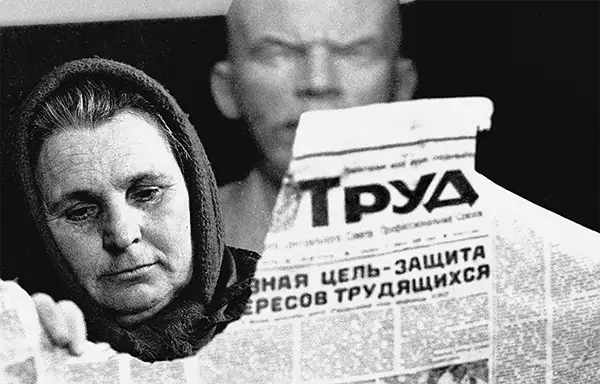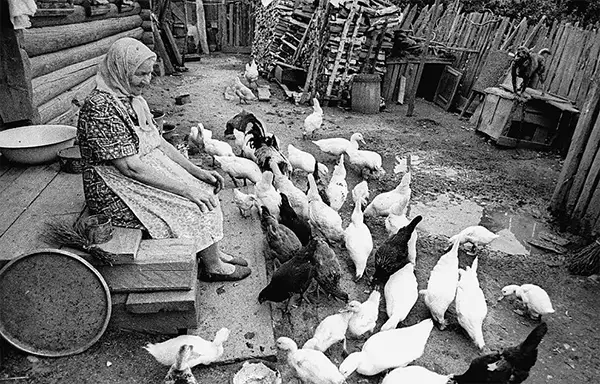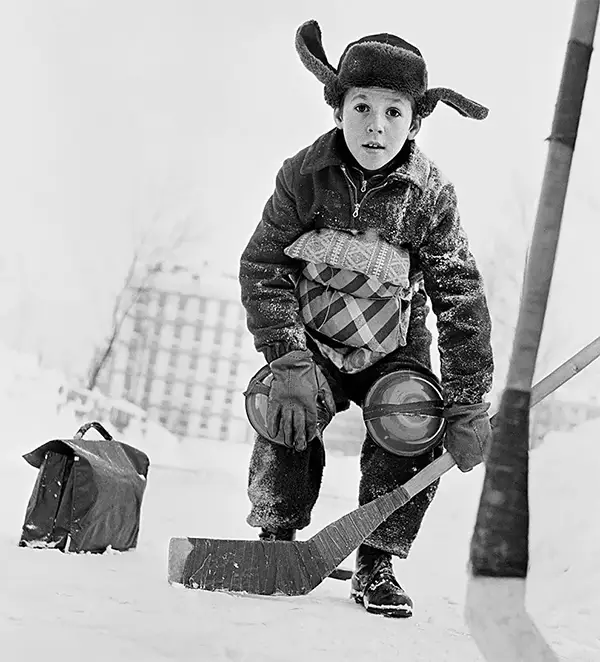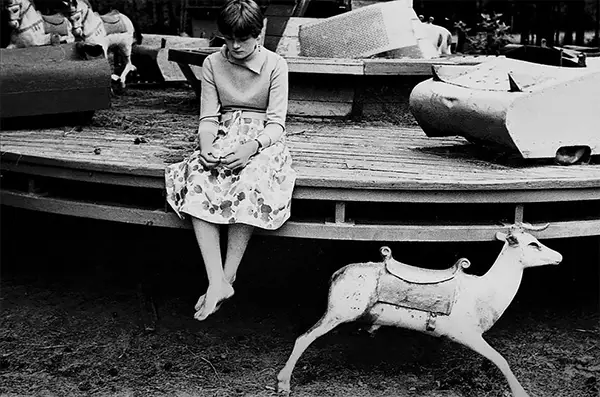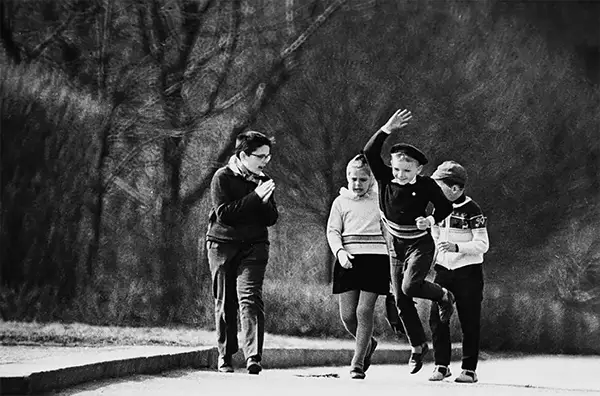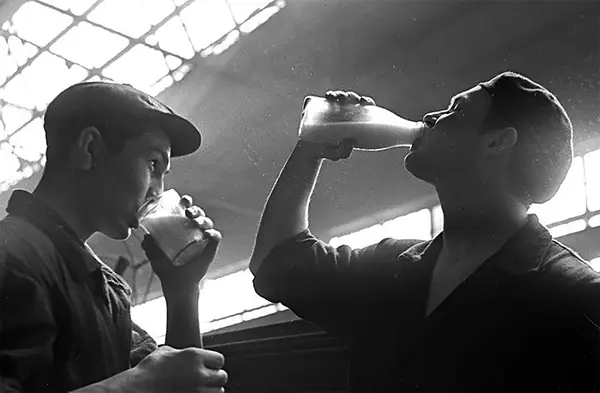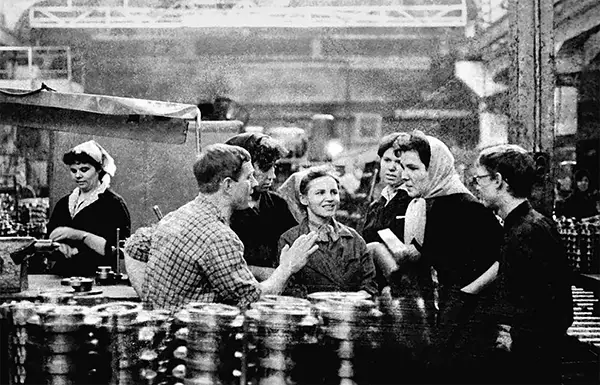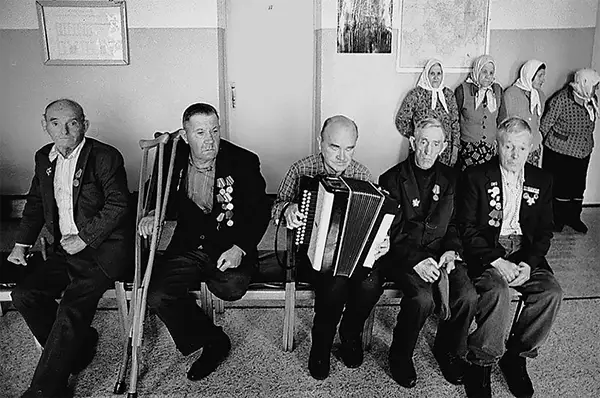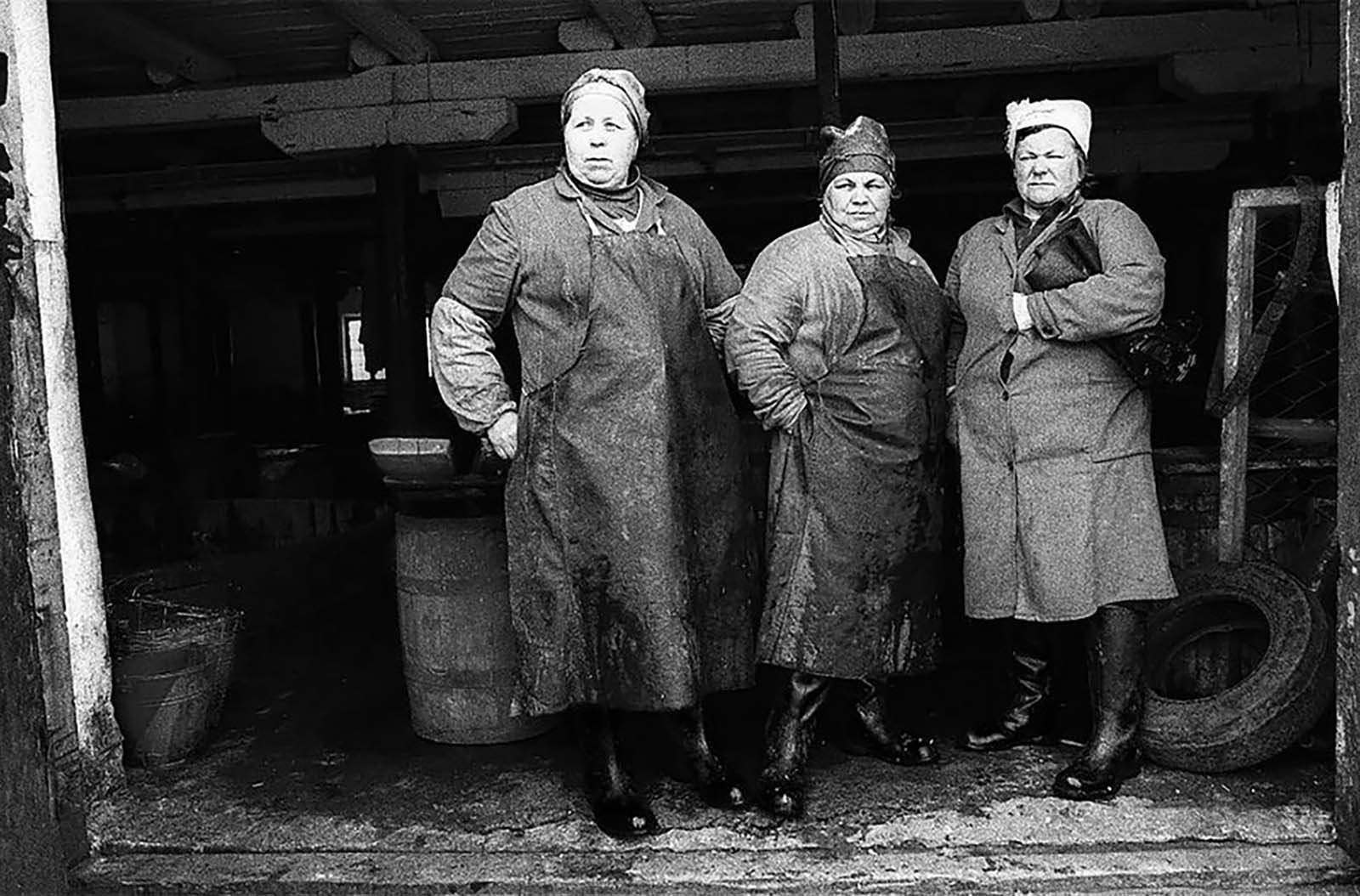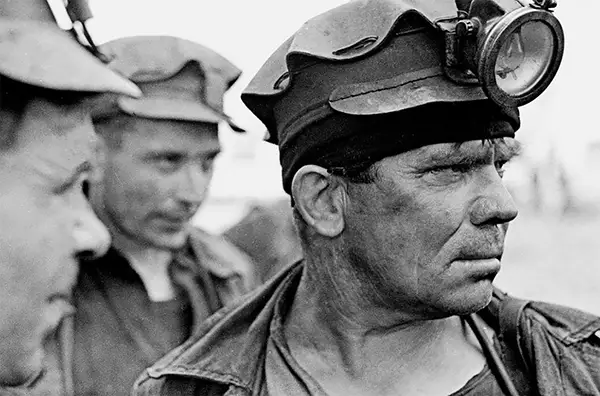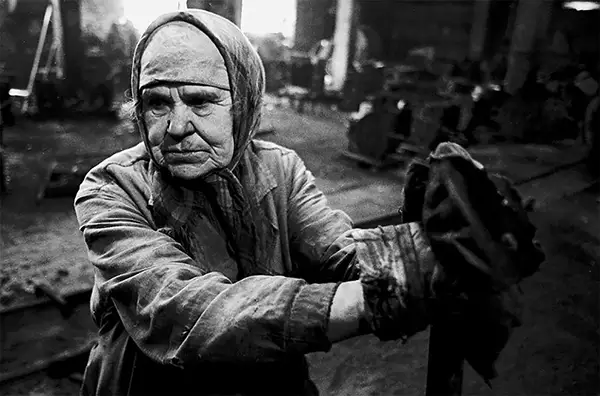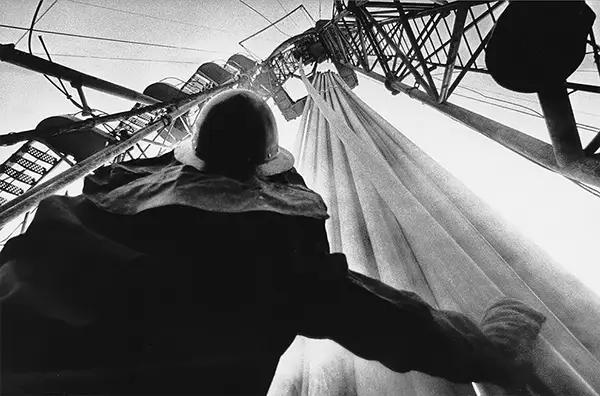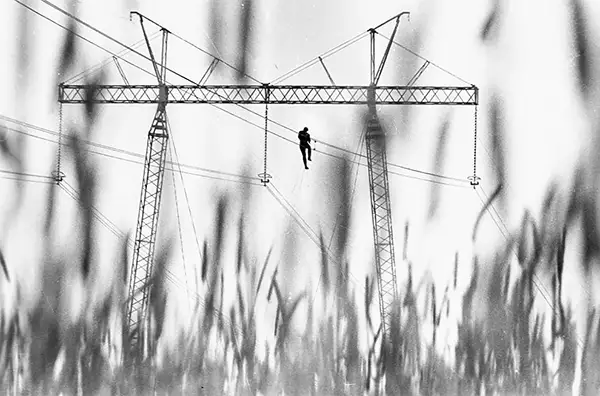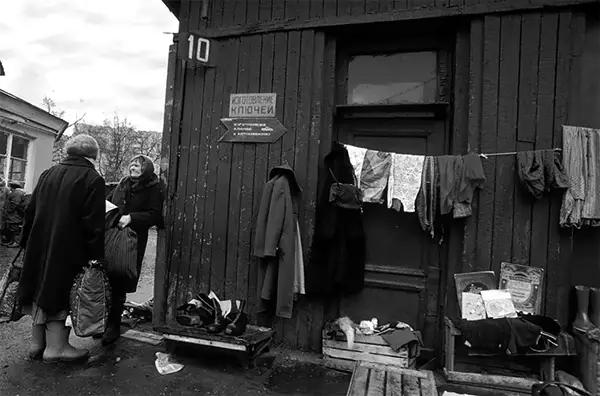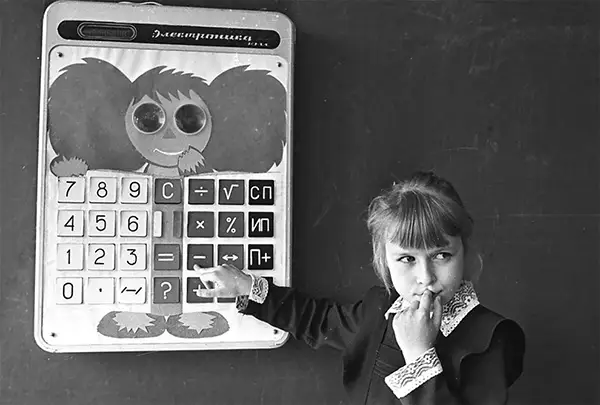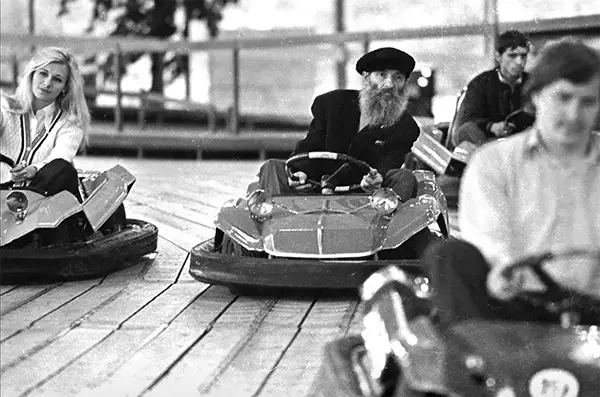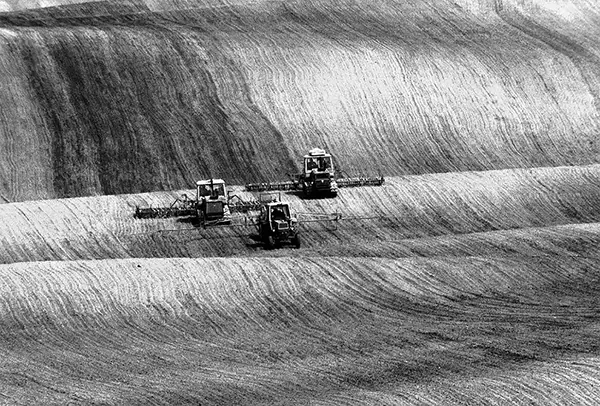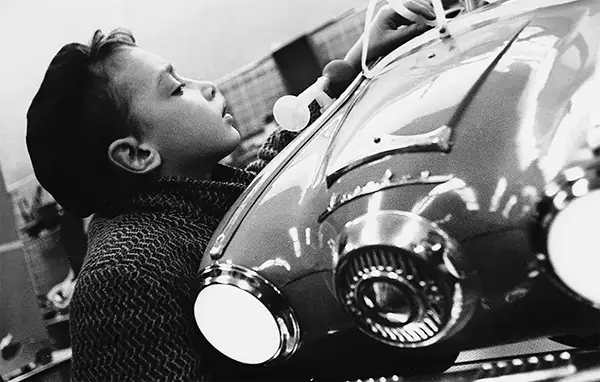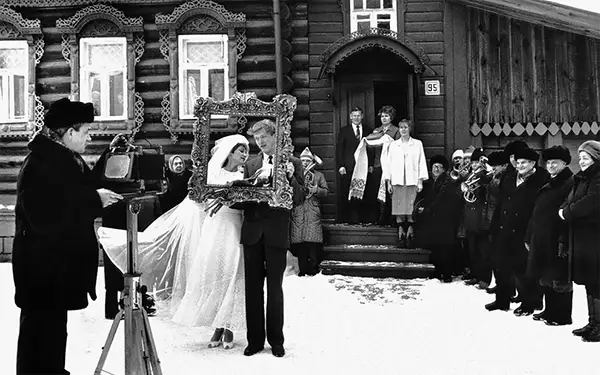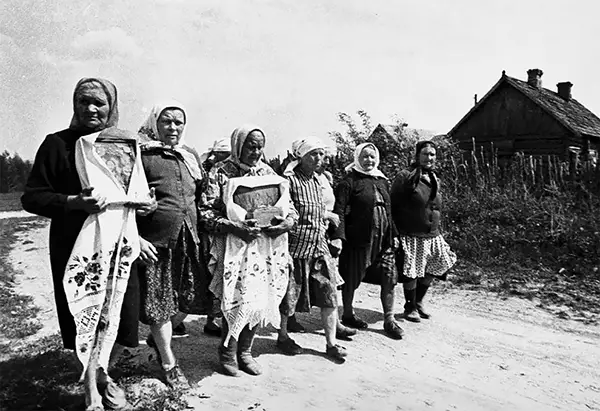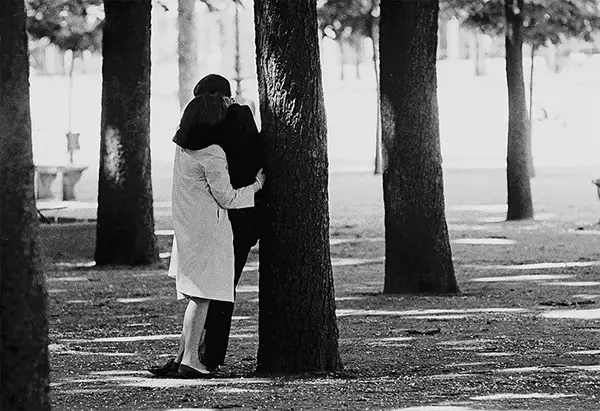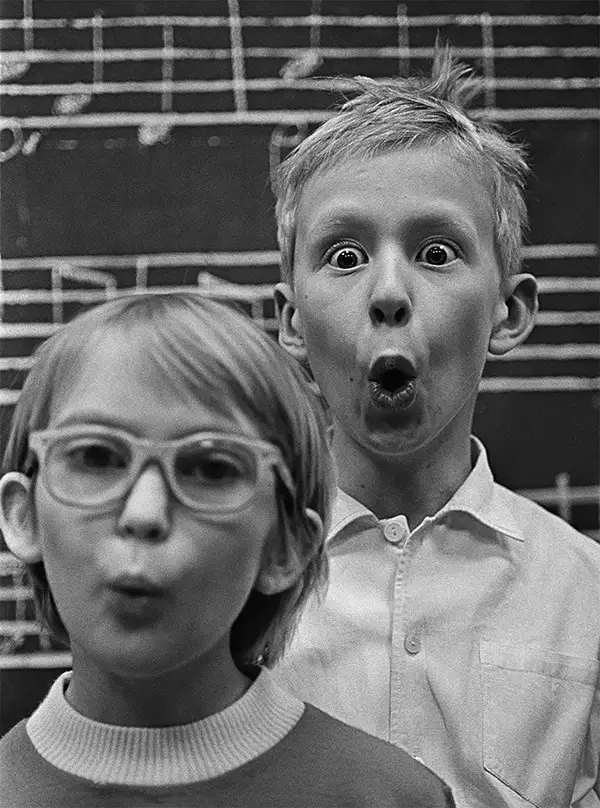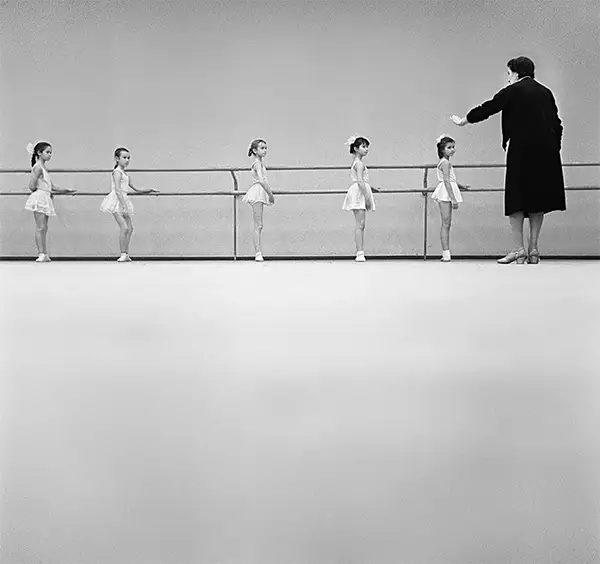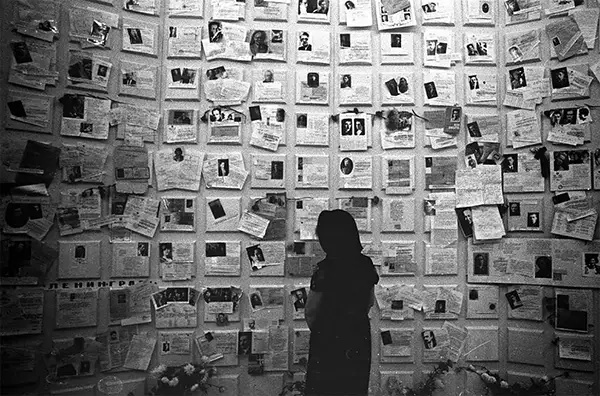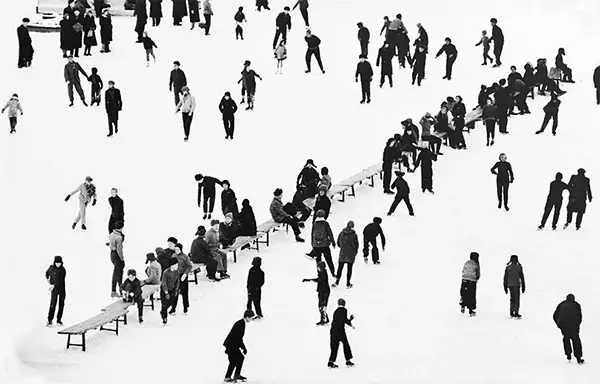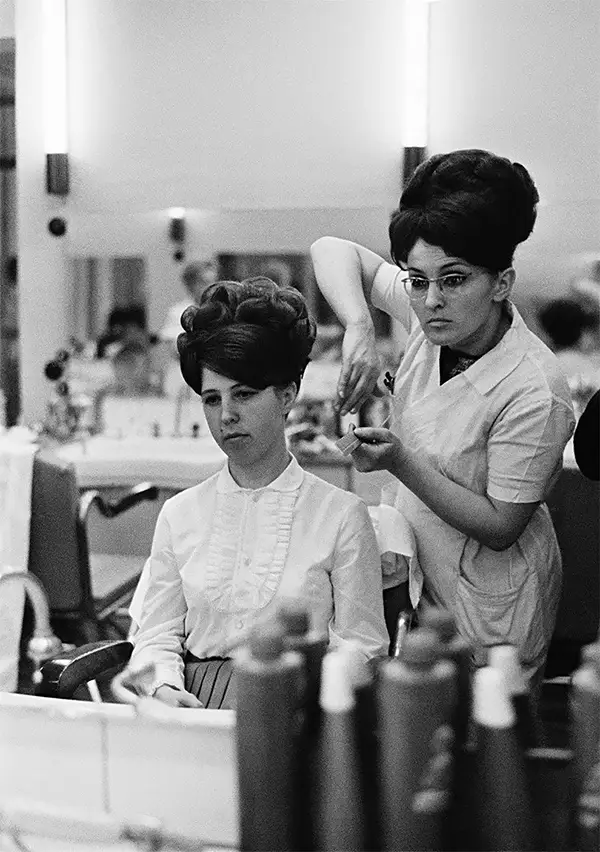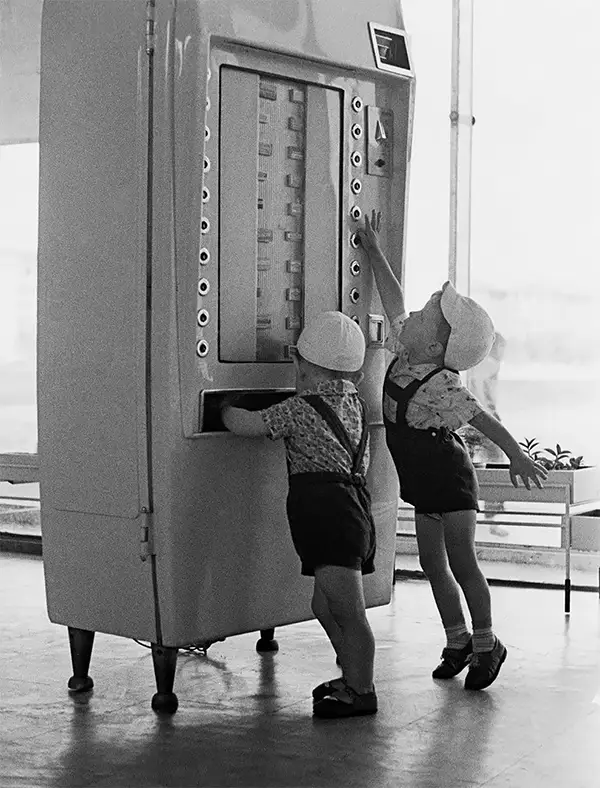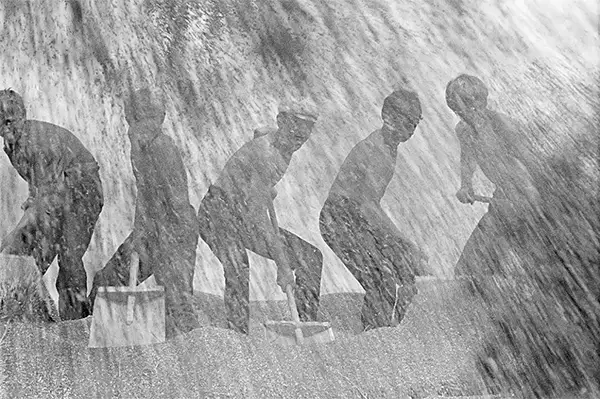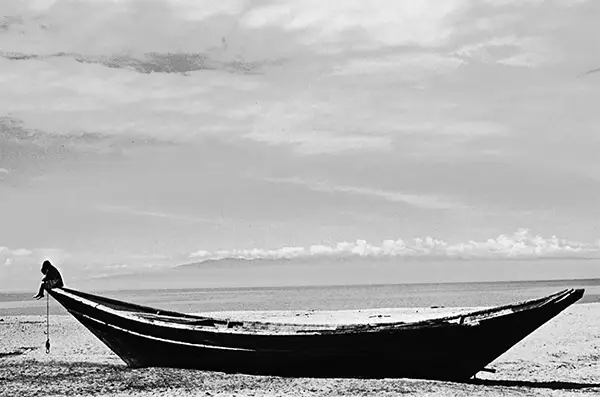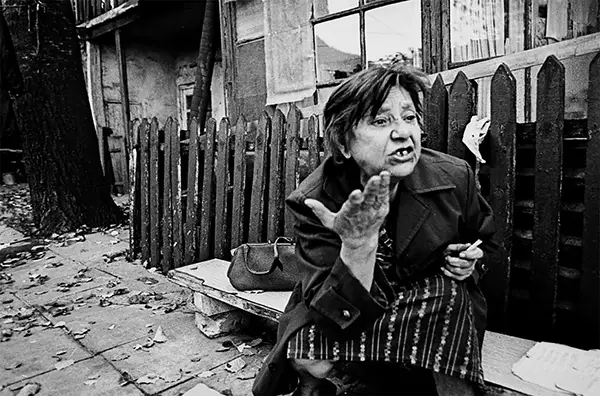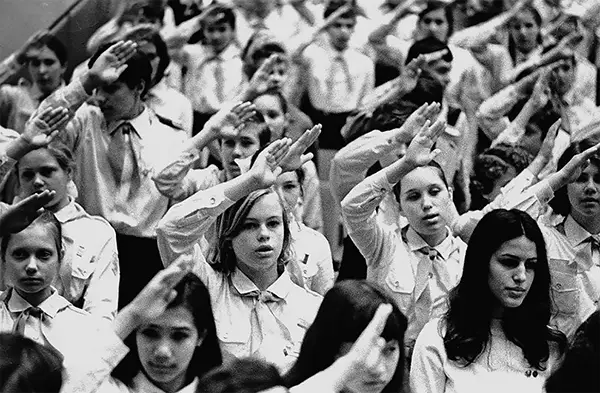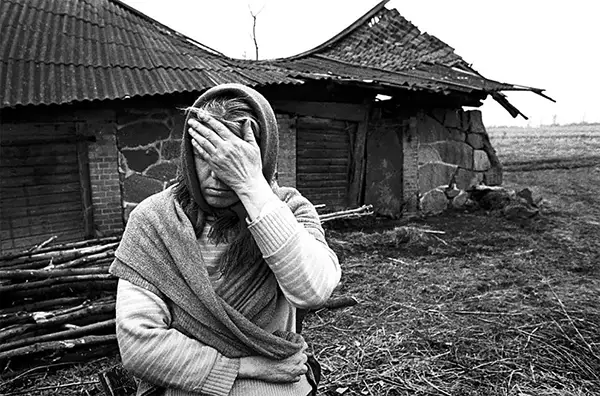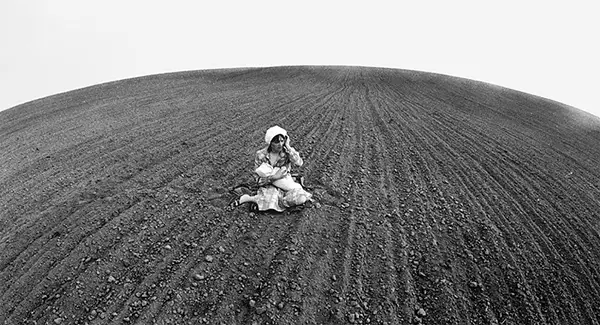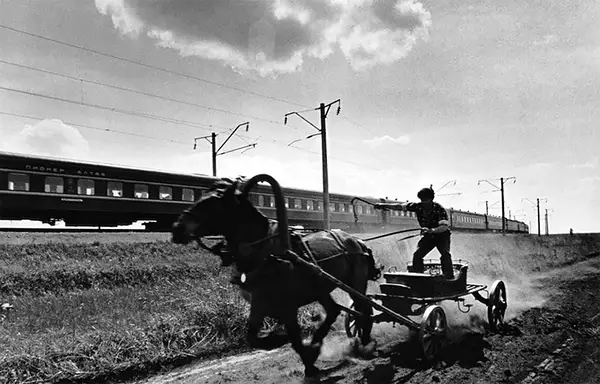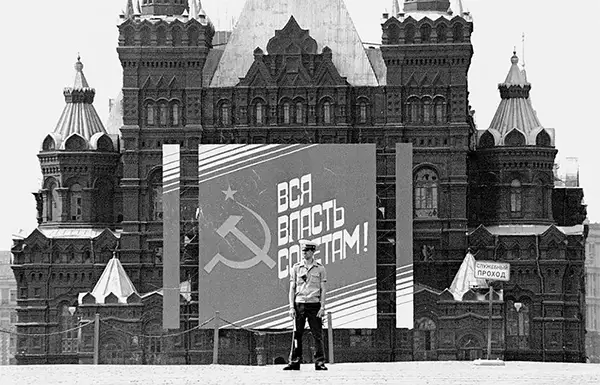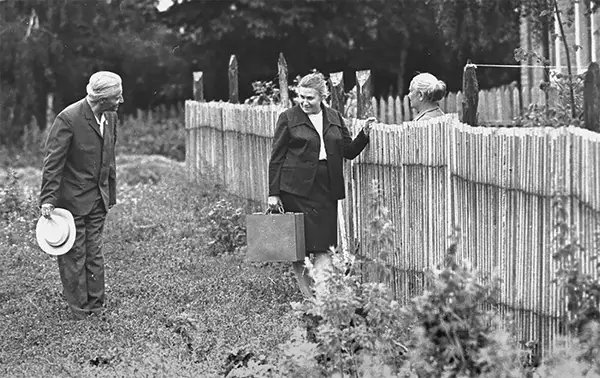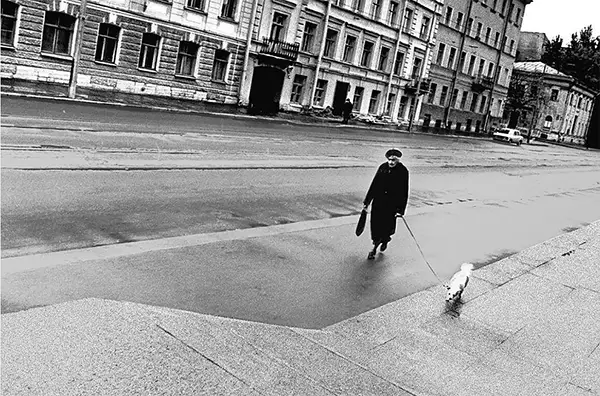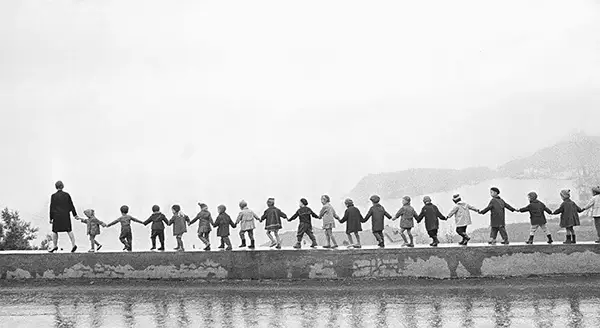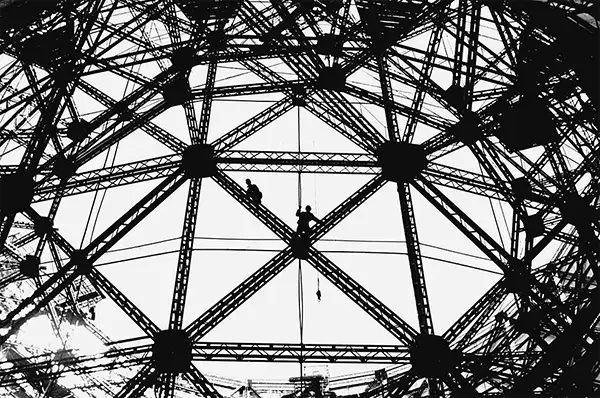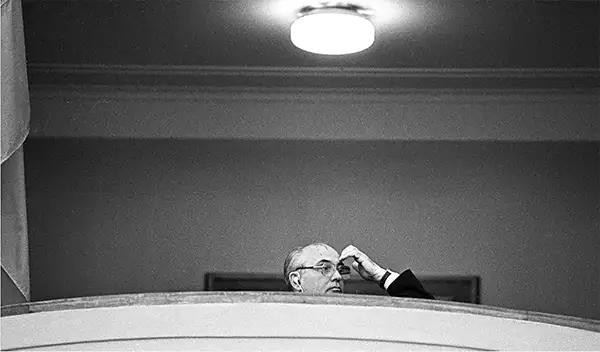The 1960s were a time of significant change in the Soviet Union. This period is often referred to as the Soviet Thaw, a time when the oppressive atmosphere of Joseph Stalin’s rule began to lift. The political and cultural shifts during this time allowed for more freedom of expression. One of the key figures who captured this transformative era was Vladimir Lagrange, a talented photographer whose work documented the everyday lives of Soviet citizens. Through his lens, Lagrange provided a unique perspective on a society in transition.
The Background of the Soviet Thaw
To understand the significance of Lagrange’s work, it’s essential to know what the Soviet Thaw was. This period began after the death of Joseph Stalin in 1953. Stalin’s rule was characterized by severe repression, censorship, and a cult of personality. However, a new leader, Nikita Khrushchev, emerged within the Communist Party. Khrushchev’s rise marked a turning point in Soviet history.
In 1956, Khrushchev delivered a landmark speech that shocked many. He denounced Stalin’s methods, including the brutal purges and the widespread repression of dissent. This speech served as a catalyst for change, leading to a tentative shift towards a more liberalized Soviet Union. The Khrushchev Thaw allowed artists, writers, and filmmakers to explore new themes in their work. They began to critique Stalin’s regime and depict the complexities of Soviet life more openly.
Read more
Vladimir Lagrange: A Passion for Photography
Vladimir Lagrange was born in 1939 and developed a passion for photography at a young age. By 1959, he started his career as a photojournalist for TASS, the Soviet Union’s official news agency. This opportunity allowed him to capture significant moments in Soviet life. Lagrange aimed to document real life, focusing on the everyday experiences of ordinary people. His photographs provide a glimpse into the lives of metallurgists, pilots, miners, doctors, and farmers. He wanted to introduce readers to their work and lives authentically.
Lagrange’s style was characterized by a lyrical touch. He avoided staged photos, preferring to capture candid moments. His ability to find beauty in the mundane made his work stand out. Each photograph reflects his deep appreciation for the people he photographed and the stories they had to tell.
The Cultural Landscape of the Thaw
The Thaw brought about a cultural renaissance in the Soviet Union. Artists and intellectuals found new freedoms to express themselves. Literature, music, and visual arts flourished during this period. Writers began publishing works that criticized the regime and explored themes of individualism. Similarly, filmmakers were able to create films that depicted Soviet life with greater nuance.
This cultural shift also affected photography. Lagrange was part of a generation of photographers who sought to document the reality of Soviet life. In contrast to the official propaganda images, which often presented an idealized version of society, Lagrange focused on the everyday experiences of people. His photographs captured the struggles and triumphs of ordinary citizens, providing a more authentic portrayal of life in the USSR.
Capturing Everyday Life
Lagrange’s photographs often featured scenes from daily life. He took pictures of people working, interacting, and experiencing life in the Soviet Union. For example, he documented miners in the coal mines, farmers in the fields, and doctors in hospitals. Through his lens, viewers could see the hard work and dedication that these individuals put into their jobs.
One of the strengths of Lagrange’s photography is his ability to convey emotion. His images capture moments of joy, sadness, and everything in between. A photograph of a miner emerging from the darkness of the mine, covered in soot, tells a story of resilience and determination. Similarly, images of families spending time together reveal the warmth and love that existed amidst the challenges of Soviet life.
Lagrange also photographed significant events that took place during the Thaw. He captured parades, festivals, and public gatherings, showcasing the vibrancy of Soviet culture. These images reflect a society that was beginning to embrace change, where people could come together to celebrate their achievements.


